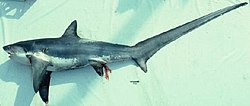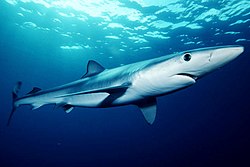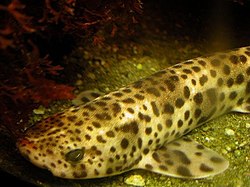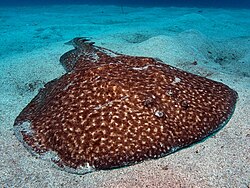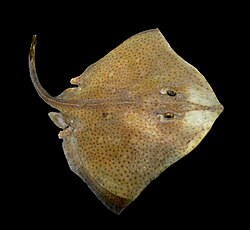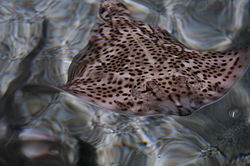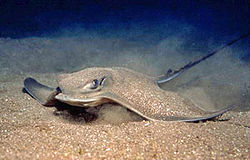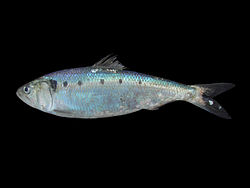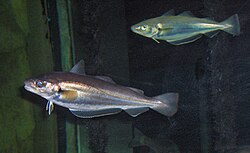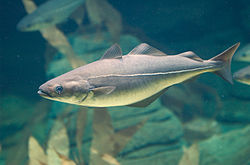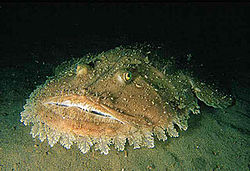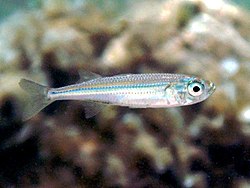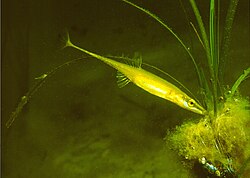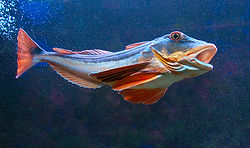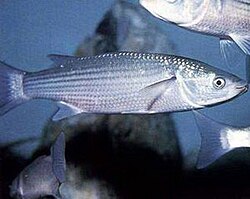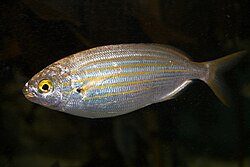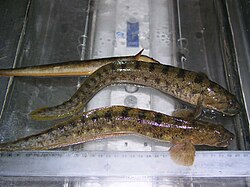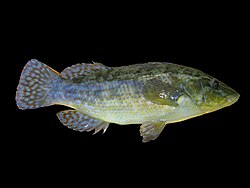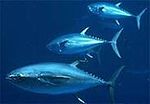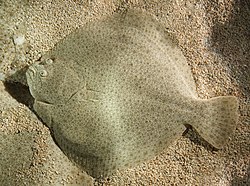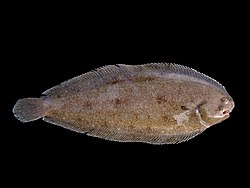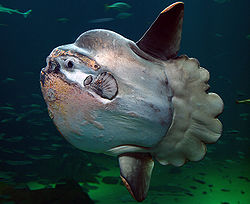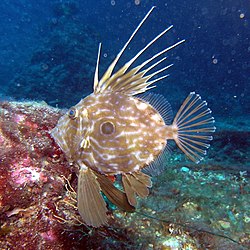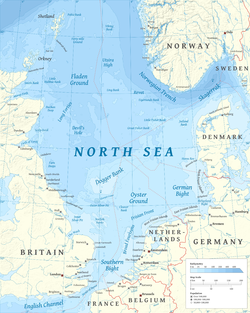
List of fish of the North Sea consists of 201 species, both indigenous, and also introduced, listed in systematic index. It includes 40 species of Chondrichthyes, three species of Agnatha, the other are bony fishes. [1]
Contents
The following tags are used to indicate the conservation status of species by IUCN's criteria:
| EX | Extinct |
| CR | Critically endangered |
| EN | Endangered |
| VU | Vulnerable |
| NT | Near threatened |
| LC | Least concern |
| DD | Data deficient |
| NE | Not evaluated |
All the listed species are classified by their origin as native, introduced, invasive, and species found accidentally (difficult to characterize as native or invasive).













